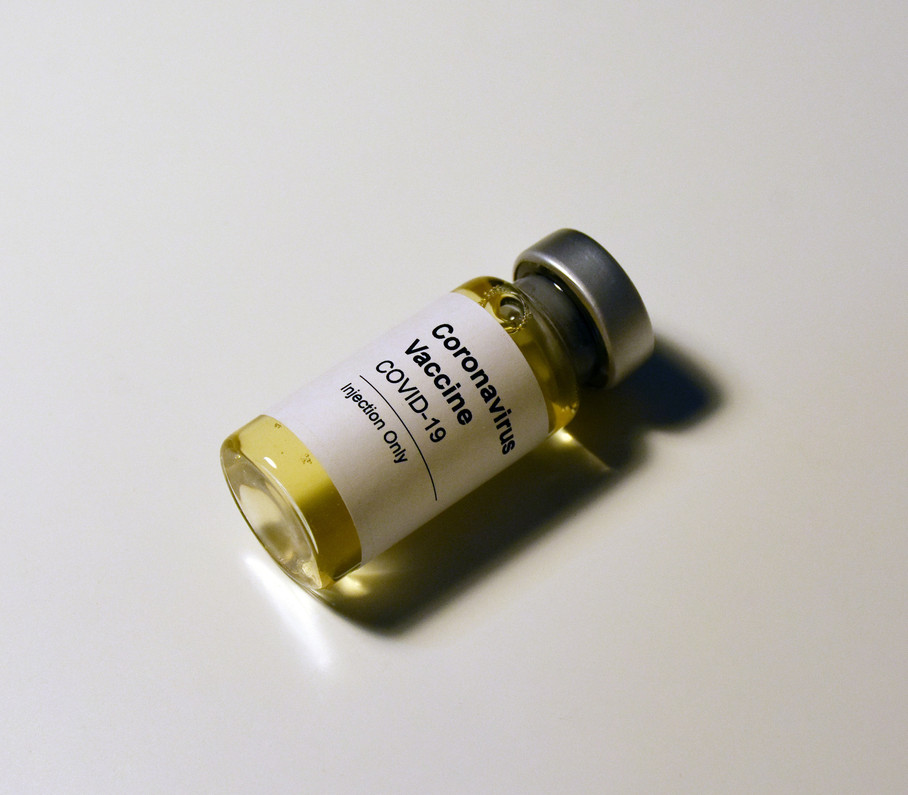Understanding the New Pfizer and BioNTech COVID-19 Vaccine
After almost a year since the COVID-19 outbreak, the vaccines for the virus have started rolling out in several countries. Among these, the most effective vaccine until now is the BNT162b2 from Pfizer/BioNTech. During phase 3 trials, the vaccine proved to be almost 95% effective which is the highest among all other vaccines around. Here are some details to better understand this new Pfizer and BioNTech vaccine.
What Is The Pfizer and BioNTech COVID-19 Vaccine?
The Pfizer and BioNTech COVID-19 vaccine, named BNT162b2, is a vaccine to prevent COVID-19. The vaccine has only been authorized by the FDA for emergency use to prevent the virus in individuals aged 16 years and older.
The vaccine uses messenger RNA as its active ingredient to carry instructions for the production of the spike protein of the virus, which is then used for getting entry into the cells. The mRNA used in the vaccine is synthetic and has not been extracted from the actual viruses.
The immune system considers the spike protein created by the vaccine as foreign and fights against it by activating antibodies, the B and T cells. It also lays down an immune memory as the immune system learns how the pathogen could be defeated so that it can respond swiftly if the coronavirus is contracted again.
How Effective Is The Pfizer/BioNTech Vaccine?
During the phase 3 trials of the vaccine, it turned out to be almost 95% effective. The trials were conducted on 42,000 people and almost half of them were given the experimental dose while the rest received a placebo. A total of 170 people contracted the virus and just 8 of them were given the vaccine while the remaining 162 had received the placebo.
So, only 5% of the cases were from the vaccine group and that’s where the high percentage of 95% effectiveness comes from.
Are There Any Side Effects Of The Pfizer/BioNTech Vaccine?
Even though no major side effects were observed, the following common symptoms were noticed after administering the Pfizer/BioNTech vaccine.
1. Pain around the site of injection
2. Redness and swelling in the arm that received the shot
3. Chills and headache
4. Fatigue and muscle pain
The side effects tend to show up in a couple of days after the vaccine is administered. They might appear to be the flu symptoms and can possibly affect the patient’s routine activities. Generally, these side effects fade away within the next few days.
The adverse side effects are very rare and were reported in only 0.5% of the trial participants. There were 4 cases of Bell’s Palsy in the participants who were given the Pfizer/BioNTech vaccine while no such cases appeared in the individuals who received the placebo. No conclusive evidence exists that Bell’s Palsy in the vaccinated patients resulted from the vaccine itself.
How Does Pfizer and BioNTech Vaccine Compare With The Others?
There are quite a few differences between the Pfizer/BioNTech, Moderna, and Oxford-AstraZeneca vaccine. Let’s see how the Pfizer/BioNTech vaccine compares with the other two.
- Both Pfizer/BioNTech and Moderna vaccines use mRNA to introduce a messenger sequence into the body to create spike protein. The Oxford vaccine, however, uses their existing vaccine technology to introduce the coronavirus gene into the human cells.
- During the trials, the Pfizer vaccine turned out to be 95% effective against the coronavirus after administering two doses. The results for the Moderna vaccine indicated 94.5% effectiveness while the Oxford vaccine was found to be 62% effective with 2 doses and 90% effective when a half dose was administered after a month of a full dose.
- There should be a waiting period of 21 days between the first and second dose of the Pfizer/BioNTech vaccine. For the Moderna vaccine, you should wait for 28 days between the two doses while for the Oxford vaccine the best efficacy could be achieved by taking the two doses a month apart.
- The recommended storage temperature for Pfizer/BioNTech vaccine is -94 degrees F while it should be -4 degrees F for the Moderna vaccine and 35-46 degrees F for the Oxford vaccine.
- The Pfizer vaccine costs $20 while the Moderna vaccine is expensive and comes with a $38 price tag. The Oxford vaccine is the cheapest and costs only around $4 per dose.
The rolling out of the vaccines with such efficacy is certainly a major breakthrough amid the dreadful pandemic situation prevailing for almost a year now. Hope things will get better soon. Meanwhile, stay safe and perform the Antigen Test regularly to detect SARS-CoV-2.
Recent Posts
-
A New Look at PAD: September is Peripheral Artery Disease Awareness Month
A New Look at PAD: September is Peripheral Artery Disease Awareness Month It's that time of year aga …Sep 3rd 2025 -
Service & Repair
We offer a wide range of service and repair options: standard on-site repair, depot repair (mail-in) …Mar 3rd 2025 -
Love Your Heart: February is American Heart Month!
February is American Heart Month, a time dedicated to raising awareness about heart health and encou …Feb 18th 2025




